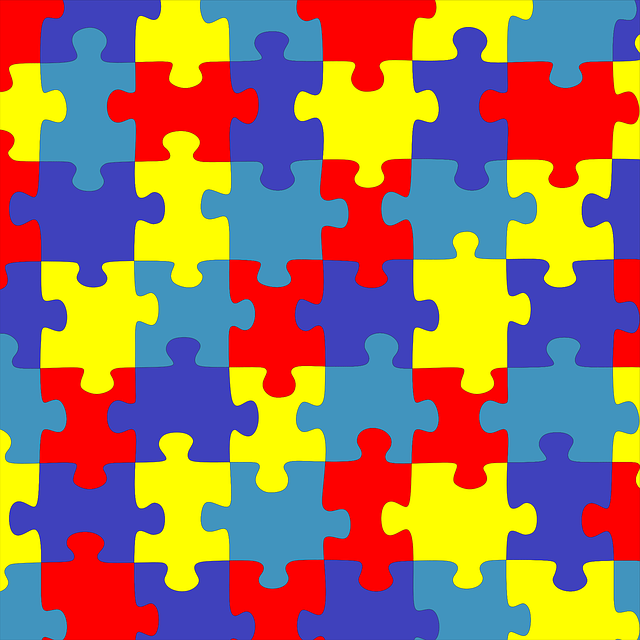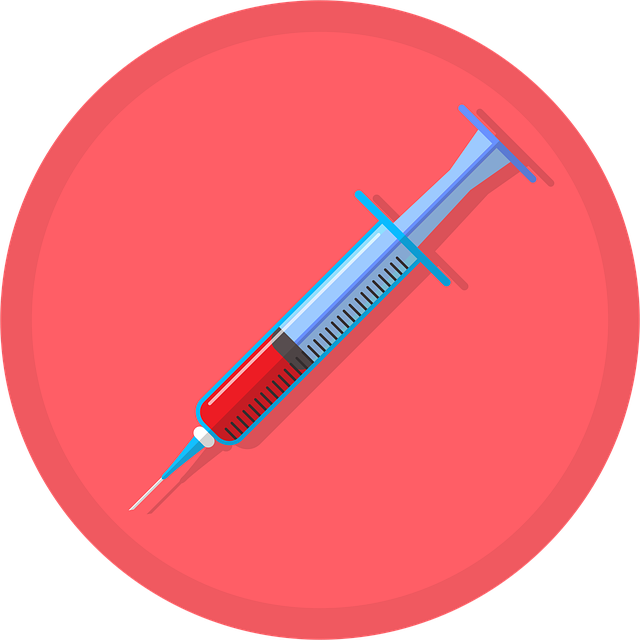CBT therapy effectively addresses obsessive-compulsive disorder (OCD) by identifying and challenging negative thought patterns, replacing compulsive behaviors with structured activities, and providing tools for long-term symptom management through ongoing practice and support.
Obsessive-Compulsive Disorder (OCD) can significantly impact daily life, but Cognitive Behavioral Therapy (CBT) offers a powerful tool for managing symptoms. This article explores CBT as an effective treatment for OCD, delving into key components like identifying and challenging negative thoughts, exposure and response prevention techniques, building healthy habits, and overcoming common challenges. Discover how CBT enables individuals to take control of their lives and achieve lasting recovery.
Understanding Obsessive-Compulsive Disorder (OCD)

Obsessive-Compulsive Disorder (OCD) is a mental health condition characterized by intrusive thoughts, or obsessions, and repetitive behaviors, or compulsions. Individuals with OCD often feel driven to perform certain rituals or actions as a way to alleviate anxiety caused by their obsessive thoughts. These obsessions can manifest in various forms, such as an intense fear of contamination, doubt, symmetry, or order, leading to compelling urges to engage in specific behaviors like excessive cleaning, checking, counting, or mental rituals.
Cognitive Behavioral Therapy (CBT) is a highly effective approach for treating OCD. It helps individuals identify and challenge the unhelpful thoughts and behaviors associated with their disorder. Through CBT, patients learn to manage symptoms by understanding the connection between their obsessions, compulsions, and underlying thought patterns. The therapy encourages healthier coping mechanisms, enabling people with OCD to lead more fulfilling lives free from the debilitating effects of their condition.
Cognitive Behavioral Therapy (CBT): A Powerful Tool

Cognitive Behavioral Therapy (CBT) is a powerful tool in the battle against obsessive-compulsive disorder (OCD). This evidence-based approach focuses on identifying and changing negative thought patterns and behaviors that contribute to OCD symptoms. By understanding the connection between thoughts, feelings, and actions, individuals with OCD can learn to manage their intrusive thoughts and reduce compulsive behaviors.
CBT for OCD involves various techniques tailored to address specific symptoms. One key component is cognitive restructuring, where therapists help patients challenge and replace irrational beliefs with more realistic and balanced ones. This process empowers individuals to face their fears without resorting to compulsions. Additionally, exposure and response prevention (ERP) is a powerful CBT technique that gradually exposes individuals to anxiety-provoking situations while teaching them alternative coping strategies, thereby reducing the urge to engage in compulsive behaviors.
Identifying and Challenging Negative Thoughts

Identifying negative thought patterns is a crucial step in Cognitive Behavioral Therapy (CBT) for managing obsessive-compulsive disorder (OCD). Individuals with OCD often experience intrusive, recurring thoughts that trigger distressing feelings and compulsive behaviors. CBT helps individuals recognize these unhelpful thoughts and challenges their validity. By examining the evidence supporting these beliefs, patients can learn to question and reframe them.
This process involves becoming aware of automatic negative thoughts—quick, spontaneous judgments that may not be based on reality. For example, a person with OCD might have the thought, “If I don’t clean this perfectly, something bad will happen.” CBT encourages individuals to explore these thoughts critically, considering alternative explanations and evidence against them. Through this process, patients gain a more balanced perspective, which can reduce anxiety and the urge to engage in compulsive rituals.
Exposure and Response Prevention Techniques

Exposure and Response Prevention (ERP) techniques are a core component of Cognitive Behavioral Therapy (CBT) for obsessive-compulsive disorder (OCD). This powerful approach helps individuals confront and manage their obsessions by gradually exposing them to anxiety-provoking situations, while simultaneously preventing ritualistic responses.
During ERP sessions, patients learn to tolerate uncertainty and reduce the urge to engage in compulsive behaviors. By facing their fears in a controlled environment, they gain a deeper understanding of their obsessive thoughts and develop more adaptive coping strategies. This process allows individuals with OCD to challenge the power of their obsessions and reduce the impact of ritualistic behaviors over time.
Building Healthy Habits and Routines

CBT therapy emphasizes the connection between thoughts, feelings, and behaviors, helping individuals with OCD identify and challenge unhelpful routines. Building healthy habits and routines is a key component of this process. Therapists guide clients to replace obsessive rituals with structured, positive activities. This might involve creating daily schedules, setting achievable goals, and practicing mindfulness techniques to manage intrusive thoughts.
By consistently engaging in these new habits, individuals can reduce the impact of OCD symptoms over time. CBT encourages self-monitoring to track progress and adjust strategies as needed. This iterative process fosters a sense of control and empowers those with OCD to lead more balanced lives, free from the constraints of compulsive behaviors.
Overcoming Obstacles: Common CBT Challenges

Overcoming obstacles is a significant aspect of Cognitive Behavioral Therapy (CBT) for obsessive-compulsive disorder (OCD). One common challenge in CBT is helping individuals confront their obsessions head-on, which can be distressing and uncomfortable. Many clients struggle with the idea of exposing themselves to their feared objects or situations, as this process requires immense courage and a willingness to experience anxiety temporarily.
Another hurdle is maintaining motivation and consistency throughout therapy. CBT for OCD often involves homework assignments and practice outside of sessions, demanding significant commitment and dedication from the individual. Staying focused and adhering to the treatment plan can be difficult, especially when facing setbacks or relapses. However, with the right support and strategies, these challenges can be navigated successfully, paving the way for substantial progress in managing OCD symptoms.
Long-Term Management and Recovery Strategies

While Cognitive Behavioral Therapy (CBT) for OCD provides powerful short-term results, effective long-term management and recovery require sustained efforts. CBT helps individuals identify and challenge distorted thought patterns and behaviors that contribute to their obsessions and compulsions. This process empowers them to develop healthier coping strategies and reduce the impact of OCD symptoms over time.
To maintain gains made during therapy, ongoing practices like mindfulness meditation, stress management techniques, and regular self-monitoring are encouraged. Support groups or continued therapy sessions can also be beneficial. These strategies foster resilience against relapse, enabling individuals to navigate challenges and maintain a higher quality of life with reduced OCD symptoms.
